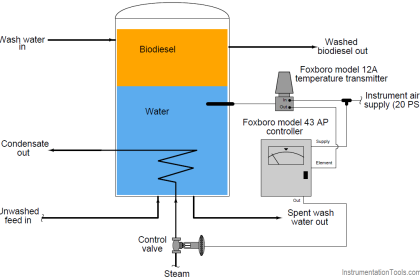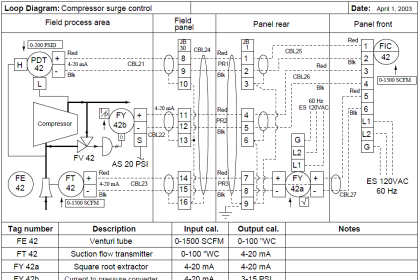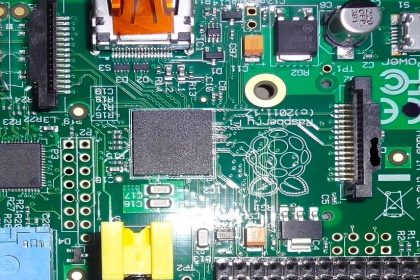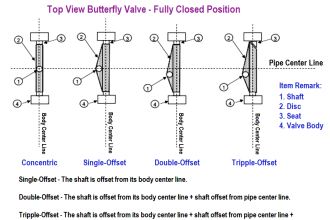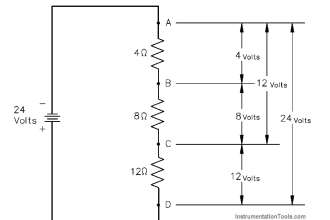In this article, we will learn how electricity is generated from solar energy.
There are two types of energy resources – non-renewable and .renewable. Non-renewable means that these sources will become extinct from the world after a certain amount of years; because it is limited and not endless.
Renewable energy sources mean that these sources will not become extinct as they are endless and cannot run out of source. There are many renewable energy sources available and in this post, we will look at one such energy – solar power.
In this post, we will have a look at how solar energy is used to generate electricity.
Solar Energy

Sun is the largest source of energy in the world. So, solar panels are mounted on building terraces or open areas where sun rays come strongly on them.
Solar cells are used inside it which gets charged on receiving solar power and the electricity thus generated is used for domestic and industrial purposes.
Solar power is one of the most widely used power sources in most countries and is fast replacing other non-renewable energy sources.
Let us have a detailed look into it’s working. Refer to the below image showing the basic structure of a solar panel.
These are the primary components in the whole panel – frame, glass, front adhesive film, solar cells, back adhesive film, back sheet, and junction box.

The main component here is the solar cell. It is also called a photovoltaic cell. It generates electricity when solar energy strikes it; which is called the photovoltaic effect. This single cell is not enough to create a lot of power.
So, multiple cells are used together to form a single panel; as shown in the figure highlighted as solar cells. The additional layers of glass and adhesive act as protection for the solar cells.
Solar cells are made of silicon. It is basically a semiconductor which is the electricity generating reason. The solar cell is made of two silicon layers. One is a positive charging layer called a p-type layer and the other is a negative charging layer called an n-type layer.
The n-type layer can give away electrons and this layer is the one that faces the solar light. The p-type layer can receive the electrons and as they are receiving extra electrons, the area created for such electrons are called holes. The p-type layer is placed beneath the n-type layer.
Sunlight has elements called photons. When the sunlight strikes the n-layer through the glass and adhesive as discussed earlier, the loose electrons are freed from this layer and are transferred to the p-layer as holes.
This creates a flow of electrons between these two layers and indirectly, the current is generated. This current flows to the junction box and from there, we ultimately get the final output current.
A single cell is not enough to generate electricity for proper use as discussed earlier, so multiple cells form a single panel (or array) and multiple such panels are connected close to each other in a large area where sunlight is abundant and faces properly. The current generated is in DC form, which is converted to AC form for use in domestic and industrial purposes.
It is also a fact to know that not all of the solar energy is converted into electrical energy. In earlier days, only 20% of energy was converted and this was not efficient.
But, nowadays, due to trends in technology, this efficiency is increasing day by day and the scope of this energy is very good in future.
In this way, we saw how electricity is generated from solar energy.
